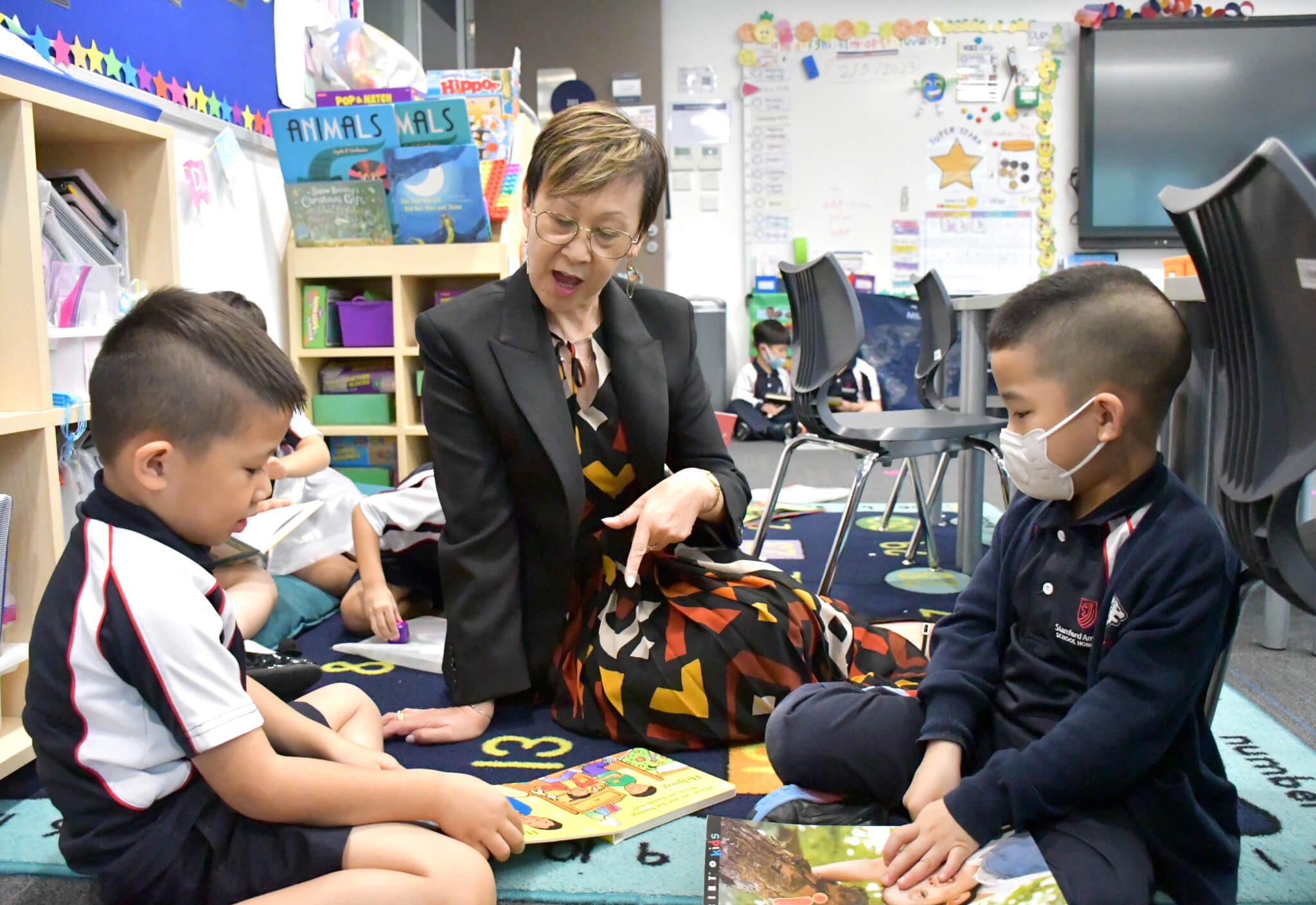Can you imagine a classroom where every student can become a detective, unraveling mysteries and piecing together evidence to uncover new knowledge? This is the idea behind inquiry-based learning (IBL). Instead of passively absorbing information, students actively participate, question, and explore to form their own understanding. Inquiry-based learning shifts the focus from the teacher as a knowledge provider to students as knowledge seekers.
In this blog, we will dive deep into the “what” and “why” of inquiry-based learning, understanding how this dynamic approach transforms education into an engaging, student-centered experience.
What Is Inquiry-Based Learning?
Inquiry-based learning is a teaching method that emphasizes curiosity, exploration, and critical thinking. It encourages students to ask questions, investigate answers, and apply what they learn to real-world situations. This approach is fundamentally student-centered, putting learners in charge of their own education while teachers act as facilitators. Its key characteristics consist of the following:
- Student-Led Questions: Students take the lead in formulating questions and seeking answers.
- Research: Instead of passively receiving information, students become active researchers, taking the initiative to interact with materials and explore various ideas.
- Real-World Application: Inquiry-based learning is tied to solving practical, real-life problems that are meaningful to students.
- Critical Thinking: Students must utilize their critical thinking skills to analyze the circumstances, draw conclusions, and gather evidence to present a reasonable argument.
- Collaboration: Students regularly reflect on their learning and work collaboratively with peers.
This method fosters a sense of ownership over learning, making education more engaging and impactful for students.
The Differences between Inquiry-Based Learning and Traditional Lecture-Based Learning
Inquiry-based learning stands in contrast to traditional lecture-based methods. While both have their merits, they cater to different learning styles and outcomes.
| Aspect | Traditional Lecture-Based Learning | Inquiry–Based Learning |
| Role of Teacher | The teacher is the central figure, delivering information. | As Splashlearn mentions, the teacher acts as “a facilitator and guide” to lead students to discovery. |
| Role of Students | Passive recipients of knowledge. | Active participants in their learning process. |
| Learning Style | Focuses on memorization and following instructions. | Encourages exploration, questioning, and problem-solving. |
| Assessment | Standardized tests and rote recall. | Performance-based tasks and reflective assessments. |
| Engagement | Students may lose interest due to a lack of interaction. | High engagement through hands-on activities and collaboration. |
Different Levels of Inquiry
As Heather Wolpert-Gawron mentions in an Edutopia article, inquiry-based learning is primarily about triggering students’ curiosity, which motivates them to learn something new. However, there are different levels to it, catering to various learning needs and teacher roles. These levels include:
- Structured Inquiry: In structured inquiry-based learning, teachers provide a clear problem and a systemic process for students to solve it. One notable example is that students may follow a lab manual to determine which materials conduct electricity in a science class.
- Guided Inquiry: Guided inquiry allows more freedom. Teachers present the problem, but students ask the questions, design the method, and carry out the investigation under their guidance. For example, in a history lesson, students might research the causes of a specific historical event, selecting their own sources and presenting findings.
- Open Inquiry: The most student-driven level, open inquiry, involves learners freely formulating their own questions to explore the area of their interest. This approach is commonly adopted in humanities classes. Teachers usually introduce a broad topic, such as identity and culture. Students then brainstorm questions regarding conducting their own research.
Why Should We Care about Inquiry-Based Learning?
Inquiry-based learning goes beyond traditional education, offering multiple key benefits:
Deeper Understanding and Knowledge Retention
When students actively engage in their learning, they retain information more effectively. Solving problems and making connections fosters a deeper grasp of concepts, making learning more meaningful.
Development of Critical Thinking and Problem-Solving Skills
IBL teaches students how to analyze situations, evaluate options, and develop creative solutions. These critical thinking skills are indispensable in academic and professional settings.
Improved Research and Information Literacy Skills
Through inquiry, students learn to locate, assess, and utilize information effectively. They become proficient researchers, a skill essential for lifelong learning.
Enhanced Communication and Collaboration Skills
Inquiry-based projects often involve teamwork. Students practice articulating ideas, listening to peers, and working together to solve challenges, which are allvaluable skills in any field.
Increased Motivation and Self-Directed Learning
By taking ownership of their education, students become more motivated and invested. They develop a sense of autonomy, preparing them for self-directed learning in higher education and beyond.
Building a Love of Learning and Curiosity
Inquiry-based learning fosters curiosity and a passion for discovery. Students learn to view questions as opportunities for exploration, cultivating a lifelong love for learning.
Benefits For Teachers
IBL also benefits educators by fostering a dynamic, interactive classroom environment. Teachers witness greater student engagement and enjoy facilitating deeper connections between students and the material.
What Are the Common Inquiry-Based Learning Activities?
Inquiry-based learning can be applied across a variety of subjects through engaging activities that promote exploration and collaboration. Here are a few examples:
Science: Designing an Experiment
Students investigate how variables, such as temperature or light, affect plant growth. They design the experiment, collect data, and present findings.
History: Debating Historical Perspectives
Learners assume roles in a debate about a pivotal event, such as the Fall of the Berlin Wall, encouraging them to understand multiple viewpoints and use evidence effectively.
Math: Solving Real-World Problems
Students tackle real-world challenges, like budgeting for a school event or analyzing patterns in data, to apply mathematical concepts within a practical context.
English: Creative Storytelling
Students explore narrative structures by writing short stories and reflecting on the themes and characters in literature.
Conclusion
Inquiry-based learning shifts education from memorization to meaningful discovery. By encouraging curiosity, critical thinking, and collaboration, it equips students with the skills they need for success in academics and beyond. Teachers benefit as well in this journey as it fosters a dynamic classroom that inspires both creativity and engagement.
Ready to ignite curiosity in your classroom? Explore resources and strategies at Stamford American School Hong Kong to implement inquiry-based learning and watch your students thrive in an environment of exploration and growth.






